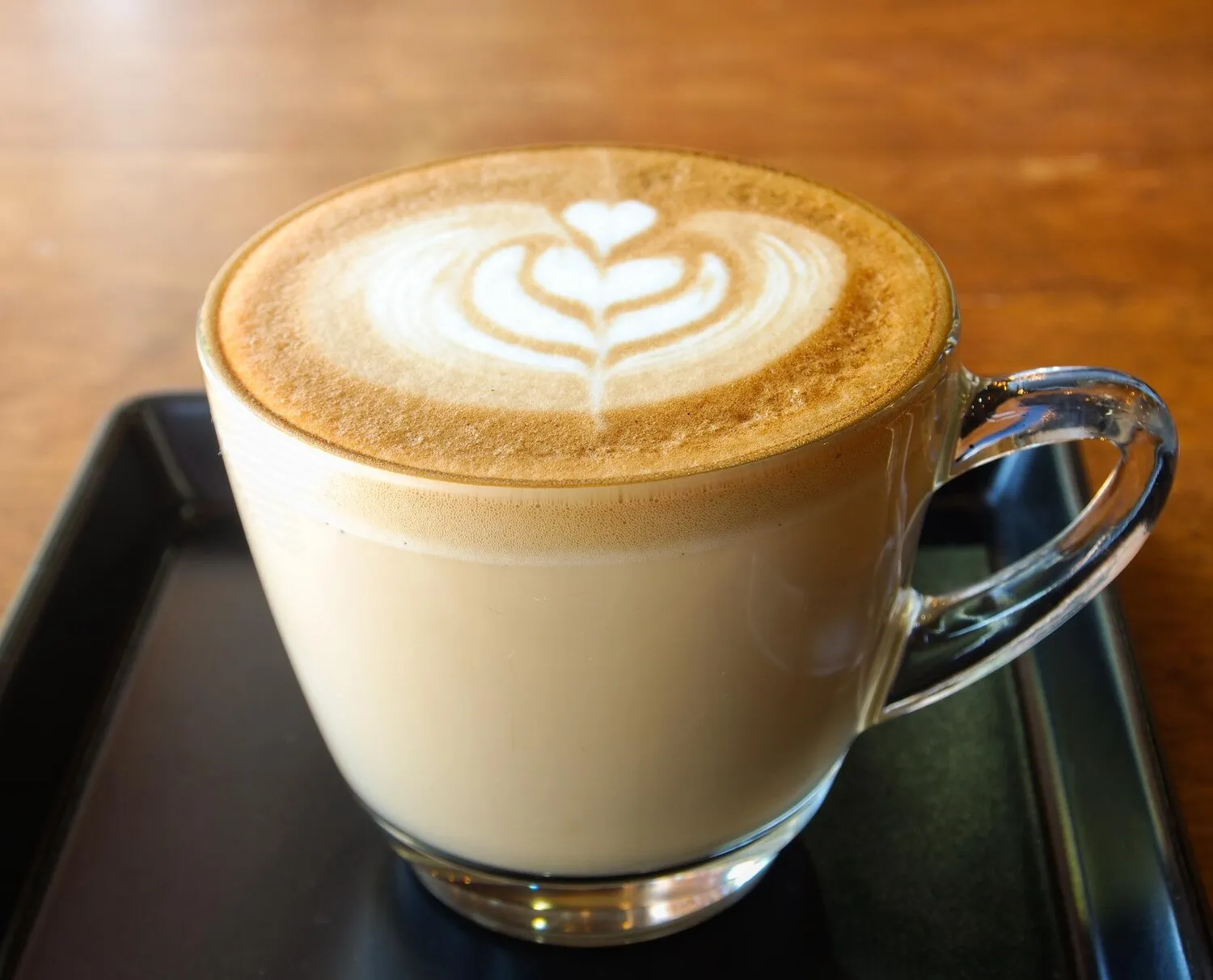
Cappuccino
A classic Italian coffee drink prepared with espresso, hot milk, and steamed milk foam.
Nutrition Facts
* The % Daily Value (DV) tells you how much a nutrient in a serving of food contributes to a daily diet. 2,000 calories a day is used for general nutrition advice.
Quiero Café
The cappuccino's origins can be traced back to the Viennese 'Kapuziner' coffee in the 18th century, a drink that included coffee, cream, and sugar. The modern cappuccino as we know it evolved in Italy in the early 20th century, aided by the invention and widespread adoption of espresso machines.
The cappuccino is an integral part of Italian coffee culture and is typically enjoyed as a breakfast drink, often accompanied by a pastry. Drinking a cappuccino after 11 am is generally frowned upon by Italians, as they consider it a morning beverage.
Breakfast Ritual
Cappuccino is a quintessential breakfast drink in Italy, often paired with a cornetto (Italian croissant) or other pastry. It's a social ritual, enjoyed at cafes with friends or colleagues.
Timing Matters
Italians traditionally only drink cappuccino in the morning. Ordering a cappuccino after breakfast, especially after lunch, is considered unusual.
Cafe Culture
The cappuccino is a staple of Italian cafe culture, enjoyed in bars and cafes across the country. Baristas take pride in crafting the perfect cappuccino.
The cappuccino offers a balanced flavor profile with a rich espresso base complemented by the sweetness and creamy texture of milk, and a frothy, airy finish from the steamed milk foam.
The primary flavor is the intense, slightly bitter, and sometimes nutty taste of espresso. This is softened by the addition of hot milk, which provides sweetness and a creamy mouthfeel. The steamed milk foam contributes a lighter, airy texture and a delicate milky sweetness. The ratio of espresso, milk, and foam is crucial to achieving the characteristic balanced flavor.
Espresso Quality
Use freshly roasted, high-quality espresso beans and a well-maintained espresso machine for the best flavor. The espresso should be rich and crema-topped.
Milk Temperature
Heat the milk to around 60-65°C (140-150°F) for optimal sweetness and texture. Overheating the milk can scald it and affect the taste.
Milk Frothing
Create microfoam by aerating the milk with the steam wand until it doubles in volume. The foam should be smooth, velvety, and free of large bubbles.
Pouring Technique
Pour the milk gently into the center of the espresso, then spoon a generous amount of foam on top to achieve the classic cappuccino look and ratio (1/3 espresso, 1/3 steamed milk, 1/3 foam).
Explore additional Coffee dishes and restaurants
Explore CoffeeDiscover top dining spots and culinary experiences in Caxias do Sul.
Explore Caxias do SulLearn more about the food culture, restaurant scene, and culinary heritage of Brazil.
Explore Brazil